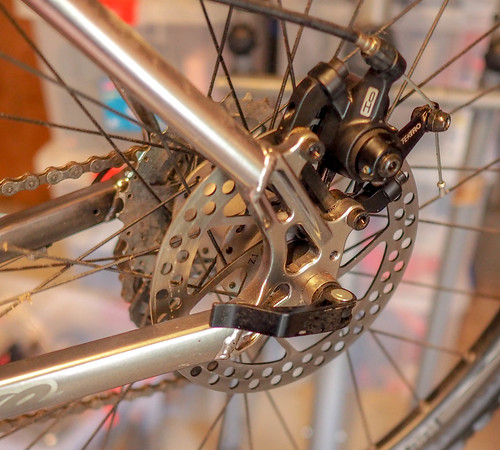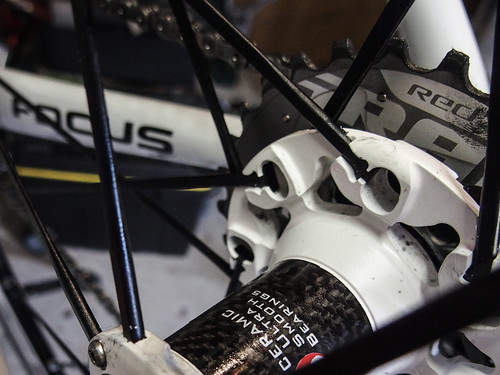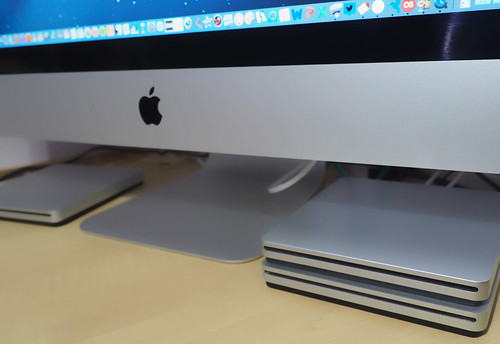
Thursday evening I was along to the Guardian's offices to be part of a pre-election discussion. Yvonne Roberts is pooling thinking to write this Sunday's Observer leader article to show a position. This count-down discussion took place in the hour or so ahead of the BBC's televised debate which further reinforced some of the points raised.
One frustration is the way that the politicians (particularly the Tories) won't explain where the savings they intend to make will actually come from.
There’s a similar integrity gap around discussion of the statistics released a couple of days ago, causing both the major parties to declare victory for essentially opposing points of view. It isn’t just slapdash (which would be almost forgivable) - its a more calculated disdain for the voters, exemplified in the Tory positioning.
I've also wondered about some of the topics being used to drive the debates. Europe and 'the deficit' being a couple of examples. Will Hutton and Andrew Rawnsley raised the point about the deficit and its financial treatment. It was along the lines of ‘borrow cheap money on long term repayment and use it to build economic strength’. A subtle point that runs counter to the Tory position and doesn't get much airtime. Instead we get Cameron saying work hard, take the medicine, further austerity (I suspect he's been told to dial that down now) and more undisclosed cuts so that he can 'finish the job'. I've noticed he uses 'I' a lot, rather than 'We', when talking about his party and its direction. He's not using the phrase 'Small State' yet, but I expect it will emerge sooner or later.
For Europe, the televised debate actually surfaced Nick Clegg's positioning, which amounts to only holding a referendum if there's a surrender of Sovereignty. Again it's subtle but avoids the EU-debate as a noisy distraction and major source of economic instability. His position comes out against the 'Small State' argument: be alone and potentially fragmenting or be part of a 500m people market.
John Mulholland added points about electoral reform, first raised in some of Polly Trenow’s commentary about the middle-aged white men running things. There’s a game being played in the political system, where regular faces have right of tenure to the comfortable club.
Of course Cameron and his sound-bite puppeteers like the current set-up and shape of Parliament. Westminster may temporarily move across the road whilst the Palace gets rebuilt, but there’s still a high probability that the £3bn rebuild will keep the same sword-length system in place. If so, it will be such a waste of money. Contra-voters in habitually-voting massive-majority constituencies like mine have little real chance to affect anything - no wonder people become disengaged.
Well, that's the fifth week of eating election doughnuts. One more to go.
















































